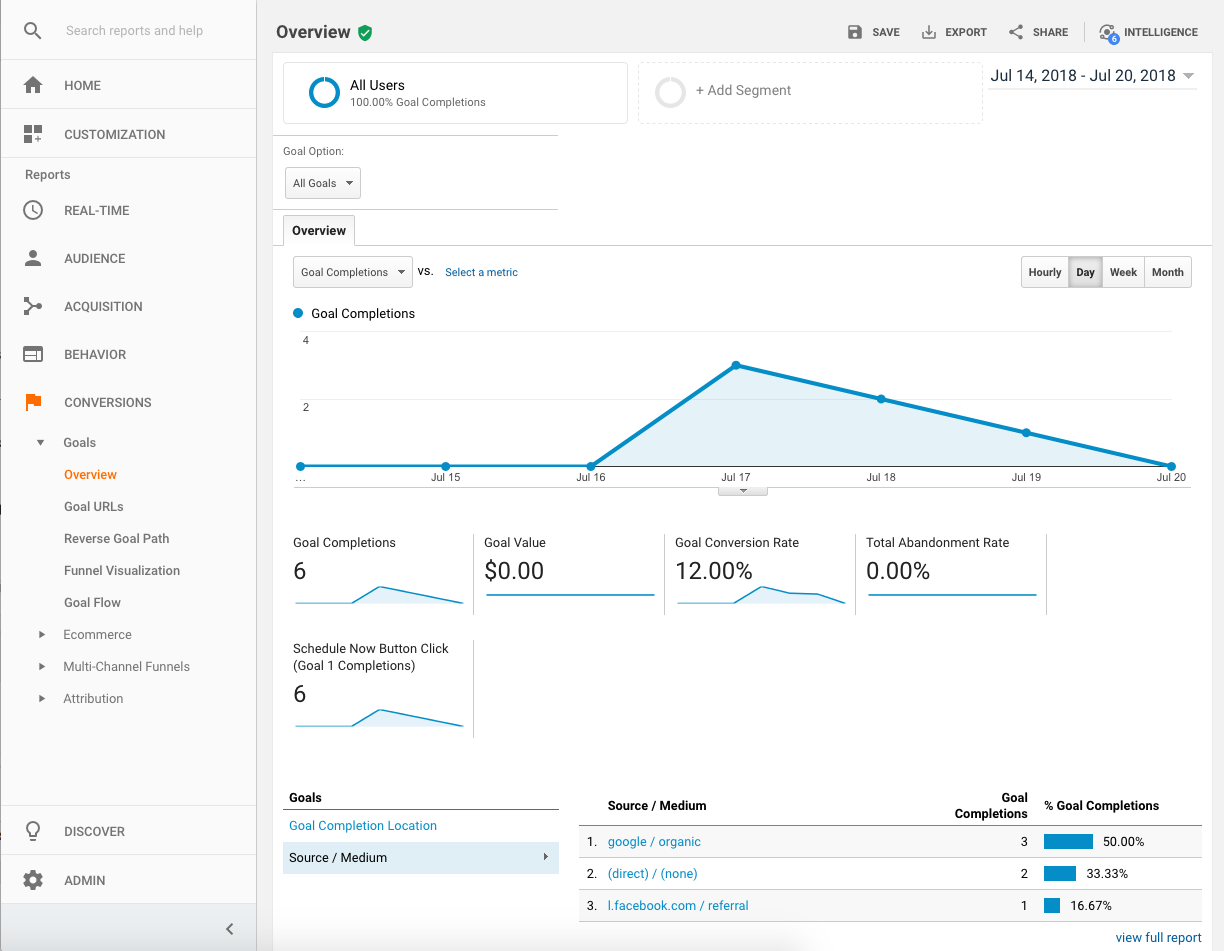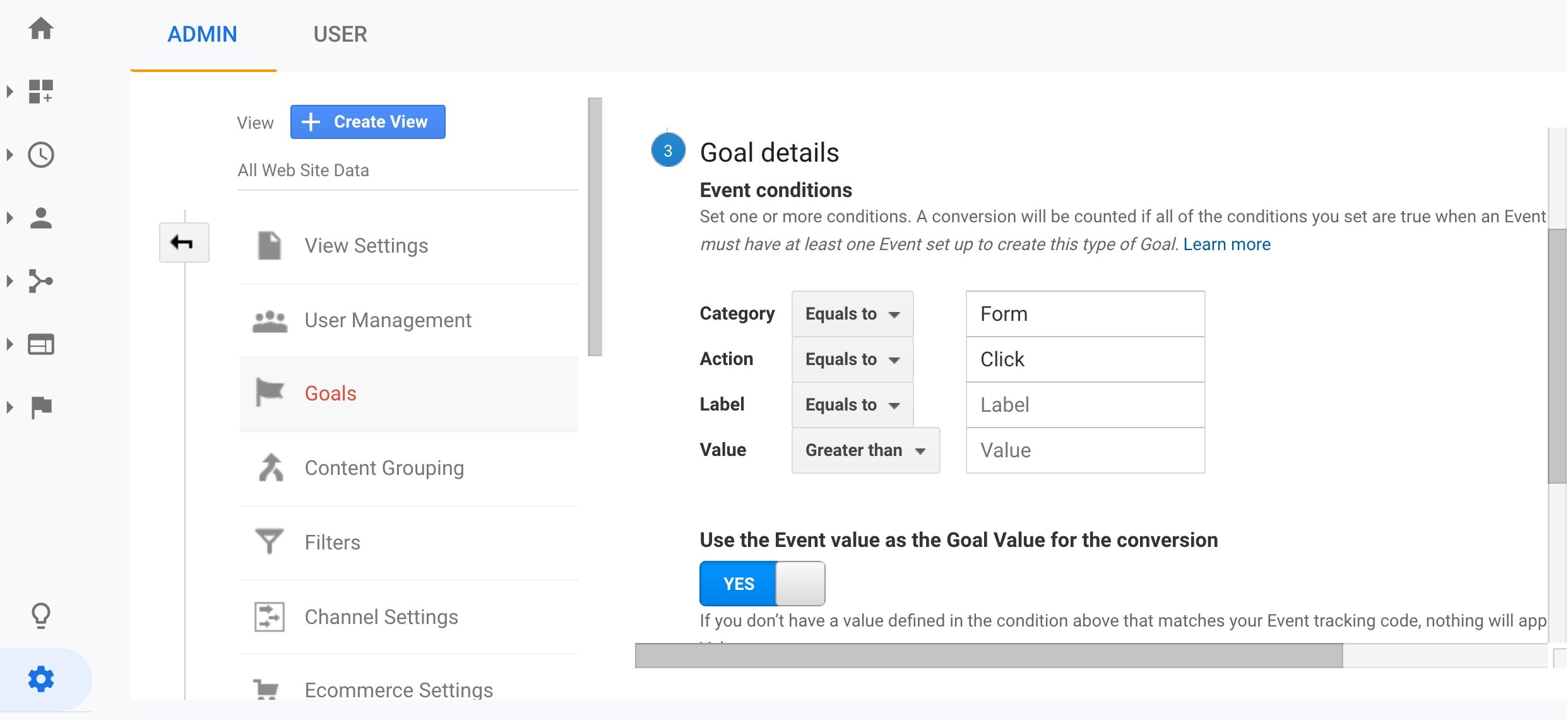Secret Insights on What Data Is Google Analytics Goals Unable to Track
Secret Insights on What Data Is Google Analytics Goals Unable to Track
Blog Article
Demystifying Google Analytics Limitations: Discover What Information Goals Can not Track
In the world of electronic analytics, Google Analytics stands as a powerful tool that offers useful understandings right into internet site efficiency and user actions. Among its abilities, there exist limitations that typically go unnoticed. Understanding what Google Analytics can not track is important for an extensive understanding of information interpretation and decision-making procedures. From the ins and outs of user communication with dynamic content to the intricacies of cross-device user trips, these restrictions clarified locations that may continue to be obscured from typical analytics point of views. By unraveling these restrictions, a clearer photo emerges, permitting even more enlightened methods and refined understandings into customer engagement and conversions.

Individual Communication With Dynamic Material
Customer interaction with dynamic material plays a crucial function in understanding user habits on internet sites and enhancing the overall user experience. Dynamic web content refers to components on a page that can alter without the requirement for a complete web page reload. This includes interactive components such as pop-ups, sliders, forms, and videos that reply to individual activities in real-time. By tracking customer communications with vibrant web content, website owners can acquire useful understandings right into customer engagement, preferences, and behaviors.
Google Analytics uses various tools to track individual communications with vibrant web content, such as occasion tracking and digital pageviews. Event monitoring enables you to keep track of specific customer actions, like clicking a switch or viewing a video clip, offering information on exactly how users engage with dynamic aspects.
Cross-Device Customer Journeys
Exactly how can modern-day analytics tools track the facility paths customers take across multiple gadgets in their online journeys? Cross-device customer journeys offer a significant obstacle for tracking and assessing user habits properly. As users engage with apps or sites making use of various gadgets such as smart devices, tablets, and desktops, it becomes critical to recognize just how they relocate in between these systems to maximize user experience successfully.
Google Analytics faces restrictions in tracking cross-device customer journeys because of privacy issues and technical constraints - what data is google analytics goals unable to track. While it can provide insights right into specific gadgets' communications, tracking a seamless user journey throughout numerous gadgets stays a challenge. This limitation can result in insufficient information and fragmented individual understandings, making it tough for services to produce a unified view of the consumer trip
To address this concern, businesses can make use of advanced analytics devices that offer cross-device monitoring abilities, allowing them to gain an extra holistic understanding of customer habits. By leveraging these tools, businesses can link the space in tracking cross-device user trips and optimize their electronic methods for a seamless customer experience.
Offline Conversions and Attribution
As businesses browse the difficulties of tracking cross-device customer journeys, another crucial element to consider is the world of offline conversions and attribution in the world of data analytics. While Google Analytics gives useful insights into on-line customer behavior, it fails when it pertains to tracking conversions that occur offline. This constraint postures a substantial difficulty for services that have both online and offline sales networks.
Offline conversions, such as purchases made in physical shops or with call facilities, are important to recognizing the total consumer journey. Without the capacity to connect these offline conversions to particular on the internet communications, companies may have a hard time to properly measure the effect of their electronic marketing efforts.
To resolve this void, companies can check out alternative services such as incorporating CRM systems with on-line analytics tools or utilizing one-of-a-kind promo codes that can be traced back to on the internet projects. By linking the gap between online and offline information, organizations can acquire an extra comprehensive understanding of their clients' actions and boost their total advertising and marketing techniques.
Individual Individual Identification
In the world of information analytics, the capability to properly recognize specific customers throughout various online touchpoints is a vital difficulty for useful content organizations looking for to individualize and maximize their advertising and marketing approaches. While Google Analytics gives beneficial understandings right into customer habits and interactions, it falls short in enabling the identification of specific individuals due to personal privacy problems and technological constraints. Google Analytics makes use of special identifiers such as cookies to track customer sessions and habits, however these do not correspond to identifying individual customers in an individual sense.

Data From Secure Pages
In spite of the enhancing frequency of protected web pages on sites, getting data from these encrypted resources presents a special challenge for electronic analytics platforms like Google Analytics. Protect web pages, indicated by HTTPS in the link, encrypt data traded between the individual's browser and the web site's web server to guarantee personal privacy and safety. While this security is important for shielding sensitive info, it additionally presents limitations for tracking individual actions and gathering analytics data.
Google Analytics faces barriers in accumulating comprehensive information from safe and secure web pages due to the file encryption methods in location. Consequently, certain information factors such as referral resources, keyword searches, and also some user communications might not be fully caught when individuals access an internet site with a secure link. This constraint can influence the precision and efficiency of the information analysis, resulting in voids in comprehending user habits and choices on safe and secure pages.
To navigate this difficulty, digital analysts may need to explore see it here alternate tracking methods or take advantage of other tools specifically developed to gather insights from secure pages. By adapting strategies to accommodate these constraints, organizations can still acquire beneficial analytics regardless of the restrictions provided by encrypted connections.
Conclusion
In conclusion, Google Analytics has restrictions in tracking individual interaction with dynamic web content, cross-device individual journeys, offline conversions, specific customer identification, and data from secure pages. Regardless of its valuable insights, Google Analytics might not supply a full image of user involvement across various touchpoints.
Individual communication with dynamic web content plays a vital role in recognizing user habits on internet sites and optimizing the general customer experience. By tracking user communications with dynamic content, web site proprietors can acquire useful insights into individual engagement, preferences, and actions.
Google Analytics uses special identifiers such as cookies to track customer sessions and behavior, however these do not correspond to determining specific customers in an individual sense.
As a result, specific data factors such as reference sources, keyword searches, and even some user interactions might not be totally recorded when users access a site with a secure connection.In conclusion, Google Analytics has restrictions in tracking individual communication with vibrant web content, cross-device user journeys, offline conversions, individual user identification, and data from secure pages.
Report this page